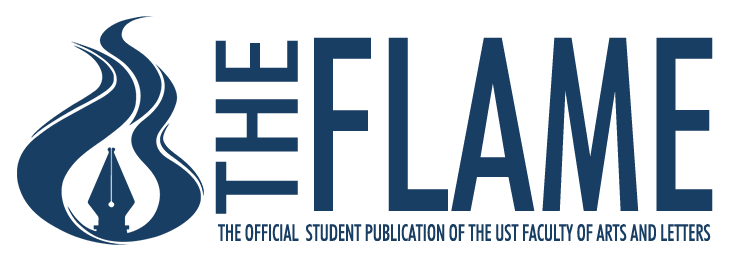
VETERAN MEDIA practitioners have urged campus journalists to use new and popular communication channels in fighting attempts to distort history, saying the traditional ways of presenting facts may no longer be effective in capturing the audiences’ attention.
Camille Diola, editorial head of Philstar.com, encouraged campus journalists to “push boundaries” and be “playful” in disseminating information while upholding the standards of responsible journalism.
“Journalism is a process, it’s a method. So, as long as we apply that method, no matter what medium, no matter what format, we can reshape its look or its design, how we communicate, while sticking to the high standards,” Diola said during the 24th Inkblots campus journalism fellowship last Saturday.
“[It’s about questioning] this so-called rule [of reporting] because many times, we’re journalists, we have our certain trainings from the universities [that] we really hold in our head […] My fear is that even if we’re doing these things, we’re still not reaching yet the [audience].”
School-based publications may experiment on connecting with their target audience through popular networks like Tiktok, she added.
Facts First vlog owner and UST journalism professor Christian Esguerra noted that the work of mainstream media is overshadowed by the opinions of online influencers.
“[Vloggers are] actually getting more traction, they’re getting more engagements, they’re getting more views coming from the people, and this actually poses a very big challenge as far as honest to good as journalism is concerned,” Esguerra said.
“To make relevant information more accessible, maybe we have to…burn our ‘lolo and lola’ quotes. If we stick to this thinking, we will be left behind. We have to be where the people are,” he added.
GMA Public Affairs social media manager Aileen Perez echoed the view, saying that the ‘straight approach’ of presenting data no longer works. The public engages more with social videos that are comedic or animated compared to cold facts, she pointed out.
“Don’t box yourselves in the things you were used to in journalism that you think is right because you can bend that…The ways of communication have changed–the audience changes,” Perez said.
Putting trends into good use
Noting that social media trends have given rise to new forms of misinformation, Perez advised campus journalists to use their being tech savvy in reaching their audience.
“You are the young ones, you know what the trends are. You’re consumers [of information]. Try to apply what you find entertaining and fun in order to communicate with the people who you know need the information you are going to give,” the longtime social media manager said.
De La Salle University-Manila history professor Jose Torres said the campus press should stand by the truth despite the online noise and disinformation.
“In order to fight historical distortion, we simply have to show the truth. It’s the function and the task of every writer of the news [and] journalists,” Torres said.
Inkblots is an annual fellowship of campus journalists, media enthusiasts, and journalism practitioners that tackles trends and issues affecting the media landscape. It is organized by The Varsitarian, the official student publication of UST.
This year, the event was held on Zoom and was live-streamed on The Varsitarian’s official Facebook page. F – T. Tamio and Z. A. Aguinaldo



